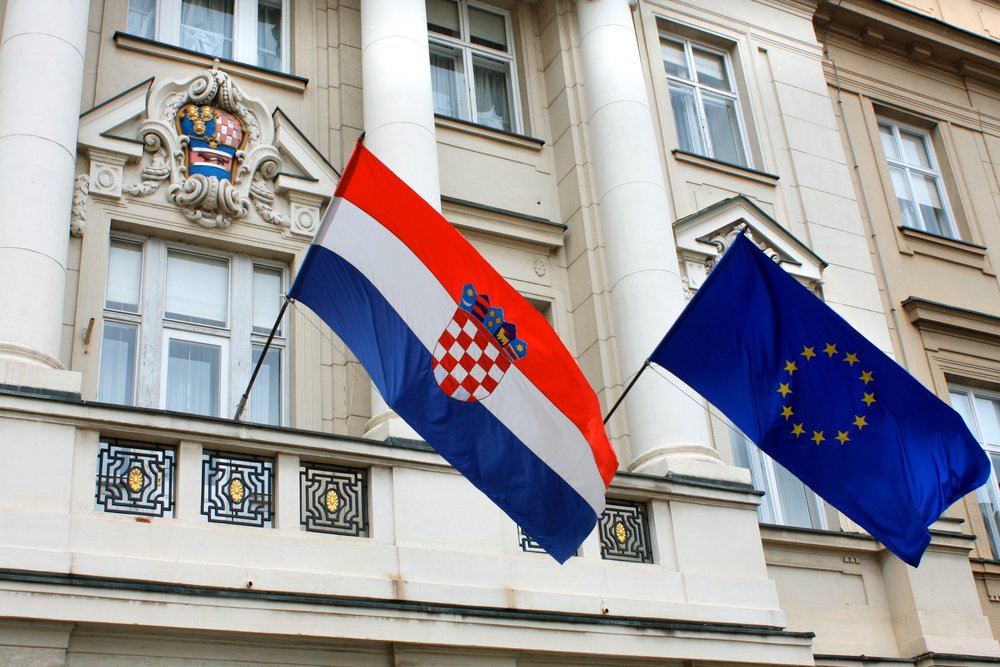
The EU Council came to the conclusion that Croatia has met all the conditions for the full application of the Schengen acquis. This is a necessary process to consider the country part of the Schengen Area. It is a precondition that the EU Council requires to give the green light for the suspension of checks at internal borders.
Croatia and the European Union signed the accession of Croatia to the EU on December 9th, 2011. Since then, Croatia applies the provisions of the Schengen acquis. But the act of accession of Croatia did not enable it to apply provisions on the abolition of controls at internal borders. The document states that only the EU Council can enable it to do that provided that it is able to verify that Croatia fulfills the conditions. This must happen in accordance with the Schengen evaluation procedures.
Finally, the day has come. It has been a long journey for Croatia. The Schengen evaluation for this country lasted four years (from 2016 to 2020). In the process, a few European countries were against the inclusion of Croatia in the Schengen acquis, such as France and the Netherlands.
But the Commission already considered that Croatia had taken the measures to meet the most relevant conditions for the application of the Schengen acquis on October 22nd, 2019. A spokesperson declared that “Croatia will need to continue working consistently on the implementation of all the ongoing actions, in particular in the field of management of the external borders, to ensure that these conditions continue to be met”.
The matter was delayed because the Commission didn’t close the last action plan for the evaluated fields until February 2021. And only now it is formally established by the Council that Croatia has fulfilled all the conditions and criteria required to become part of the Schengen Area.
This means that Croatia will not require passports at the time of travel and it’s practically borderless for other 26 European countries that are part of the Schengen Area, too. These countries are:
- Austria
- Belgium
- Czech Republic
- Denmark (with the exception of Greenland and the Faroe Islands)
- Estonia
- Finland
- France (with the exception of overseas departments and collectivities)
- Germany
- Greece
- Hungary
- Iceland
- Italy
- Latvia
- Liechtenstein
- Lithuania
- Luxembourg
- Malta
- Netherlands (with the exception of Aruba, Curaçao, Sint Maarten, and the Caribbean Netherlands)
- Norway (except for Svalbard Islands)
- Poland
- Portugal (including the Azores and Madeira)
- Slovakia
- Slovenia
- Spain
- Sweden
- Switzerland
All of these countries —including Croatia now— operate as a single jurisdiction in terms of international travel. They have a common visa policy, the Schengen visa, and are mutually enabled for free movement.
Until now, Croatia was one of the European countries that are not part of the Schengen Area. The others are Albania, Andorra, Armenia, Azerbaijan, Belarus, Bosnia & Herzegovina, Bulgaria, Georgia, Kosovo, North Macedonia, Moldova, Montenegro, Russia, Romania, Serbia, Turkey, Ukraine, Cyprus, the United Kingdom, and Ireland.
It is believed that Romania, Bulgaria, and Cyprus will join the Schengen Area soon given that being of the European Union legally forces them to do so.
On the other hand, the European microstates of San Marino, Monaco, and the Holy See (Vatican City) are not part of the Schengen Area or the European Union but they still have open borders for all the countries of the acquis.